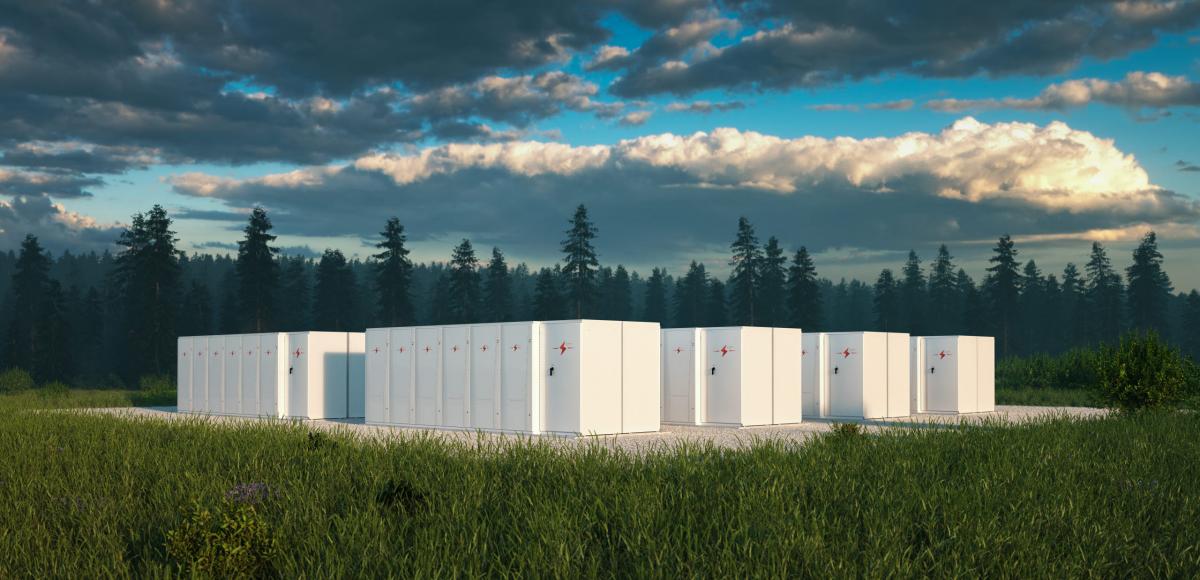
Energy Storage: The missing link to achieving 2030 renewables targets in the Irish Single Electricity Market.
What value can storage deliver on the road to decarbonisation, and how can this be achieved?
The Irish Single Electricity Market (SEM) faces significant challenges if it is to reach its 2030 renewables targets. These challenges relate not just to generation adequacy, but also frequency stability, voltage stability, transient stability, ramping and congestion. At the heart of all of this, is the intermittent nature of wind generation and the constant swings in supply-demand balance that can occur as a result.
Energy storage can play a critical role in addressing many of these challenges. For example, the technologies that are able to store and release active power can shift load from times of low generation to high generation as well as provide a source of reserves. Technologies that can store kinetic energy are able to contribute to frequency stability by providing a source of rotational inertia. There are yet other technologies that can assist with the decarbonisation of industry.
It is against this backdrop that AFRY supported the Irish Energy Storage Association (IESA) in carrying out a study investigating what value energy storage could bring to the power system as well as Irish energy consumers more broadly.
Key findings
Our study found there are significant benefits to increasing the amount of energy storage in the SEM up to a level of around 1.9GW by 2030. Doing this would result in:
- More renewable electricity generation
- Reduced carbon emissions
- Significant societal benefits
Given the benefits that energy storage could bring, it is imperative to remove the barriers that are hindering the deployment of additional amounts of longer-duration energy storage capacity. Our recommendations include a range of actions related to: energy policy; grid connections and network charging; the Capacity Market; and the Renewable Electricity Support Scheme.


